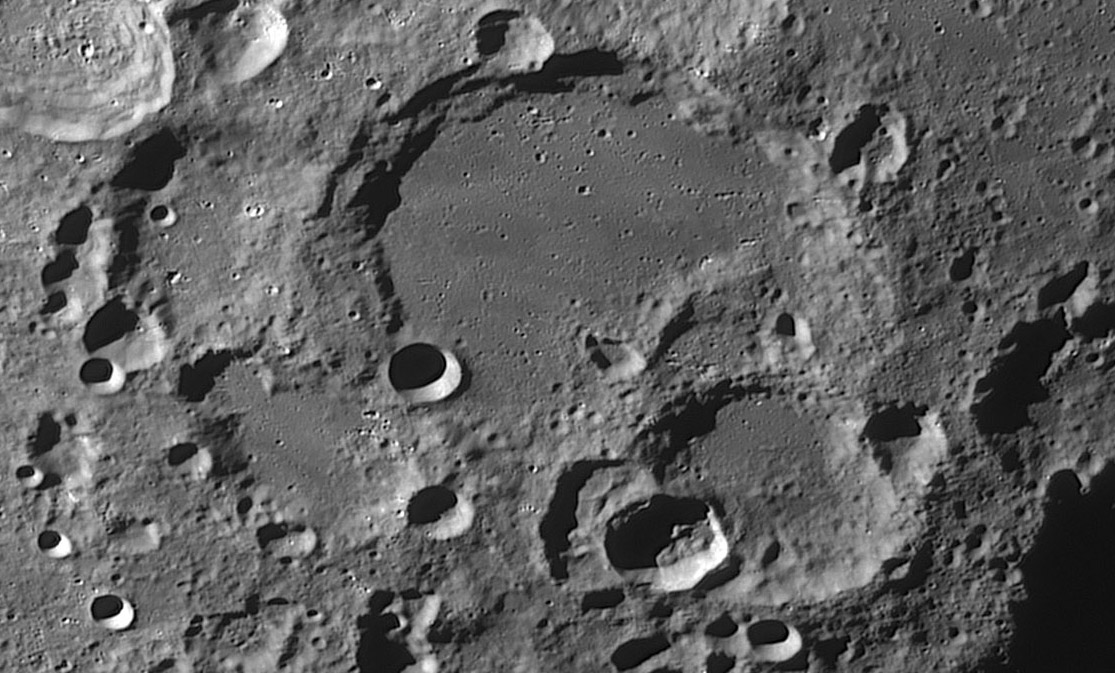Difference between revisions of "September 7, 2008"
(Created page with "__NOTOC__ =Little Improvements= <!-- ws:start:WikiTextHeadingRule:1:<h1> --> <!-- ws:start:WikiTextLocalImageRule:7:<img src="/file/view/LPOD-Sept7-08.jpg/372014...") |
|||
| (2 intermediate revisions by the same user not shown) | |||
| Line 1: | Line 1: | ||
__NOTOC__ | __NOTOC__ | ||
=Little Improvements= | =Little Improvements= | ||
| + | <!-- Start of content --> | ||
<!-- ws:start:WikiTextHeadingRule:1:<h1> --> | <!-- ws:start:WikiTextHeadingRule:1:<h1> --> | ||
<!-- ws:start:WikiTextLocalImageRule:7:<img src="/file/view/LPOD-Sept7-08.jpg/37201439/LPOD-Sept7-08.jpg" alt="" title="" /> -->[[File:LPOD-Sept7-08.jpg|LPOD-Sept7-08.jpg]]<!-- ws:end:WikiTextLocalImageRule:7 --><br /> | <!-- ws:start:WikiTextLocalImageRule:7:<img src="/file/view/LPOD-Sept7-08.jpg/37201439/LPOD-Sept7-08.jpg" alt="" title="" /> -->[[File:LPOD-Sept7-08.jpg|LPOD-Sept7-08.jpg]]<!-- ws:end:WikiTextLocalImageRule:7 --><br /> | ||
<em>image by [mailto:viladrich@club-internet.fr Christian Viladrich], France</em><br /> | <em>image by [mailto:viladrich@club-internet.fr Christian Viladrich], France</em><br /> | ||
<br /> | <br /> | ||
| − | <em>High resolution</em> (HR) is a term with a shifting meaning. Ever since the historic Lick Observatory photos of the 1930s and 40s, HR probably corresponded to 2-3 km. The best plates of the <em>[ | + | <em>High resolution</em> (HR) is a term with a shifting meaning. Ever since the historic Lick Observatory photos of the 1930s and 40s, HR probably corresponded to 2-3 km. The best plates of the <em>[[August_11,_2004|Consolidated Lunar Atlas]]</em> of 1967 pushed the definition of HR to about a kilometer, where it stayed until amateur imaging of the last year or two has reached to [http://ltvt.wikispaces.com/Apollo+11+Area+Resolution+Examples 600-800 m]. I haven't measured the resolution of Christian's excellent image of the Stofler area of the southern highlands, but there are more craters on the floor of Stofler than on any previous Earth-based images I've seen of it. Besides bragging rights, what good is higher resolution? The main thing it does is show smaller craters, and since the number of craters roughly follows an inverse square law: cut the diameter of craters in half and approximately twice as many exist. Many of these smaller craters are in lines or clumped together - they are secondaries. If you can separate the secondaries from the primaries, better resolution allows age determinations based on crater counting of small areas. Spacecraft images have had resolutions of 100 m to 1 m, and next year the Lunar Reconnaissance Orbiter will achieve 0.5 m resolution.<br /> |
<br /> | <br /> | ||
<em>[mailto:tychocrater@yahoo.com Chuck Wood]</em><br /> | <em>[mailto:tychocrater@yahoo.com Chuck Wood]</em><br /> | ||
| Line 16: | Line 17: | ||
Christian's lunar [http://viladric.club.fr/astro/moon/closeup/closeup.html closeups]<br /> | Christian's lunar [http://viladric.club.fr/astro/moon/closeup/closeup.html closeups]<br /> | ||
<br /> | <br /> | ||
| + | <p><b>Yesterday's LPOD:</b> [[September 6, 2008|Kids & the Moon]] </p> | ||
| + | <p><b>Tomorrow's LPOD:</b> [[September 8, 2008|A Bigger, Older Clavius?]] </p> | ||
<hr /> | <hr /> | ||
| − | |||
{{wiki/ArticleFooter}} | {{wiki/ArticleFooter}} | ||
Latest revision as of 21:22, 22 March 2015
Little Improvements

image by Christian Viladrich, France
High resolution (HR) is a term with a shifting meaning. Ever since the historic Lick Observatory photos of the 1930s and 40s, HR probably corresponded to 2-3 km. The best plates of the Consolidated Lunar Atlas of 1967 pushed the definition of HR to about a kilometer, where it stayed until amateur imaging of the last year or two has reached to 600-800 m. I haven't measured the resolution of Christian's excellent image of the Stofler area of the southern highlands, but there are more craters on the floor of Stofler than on any previous Earth-based images I've seen of it. Besides bragging rights, what good is higher resolution? The main thing it does is show smaller craters, and since the number of craters roughly follows an inverse square law: cut the diameter of craters in half and approximately twice as many exist. Many of these smaller craters are in lines or clumped together - they are secondaries. If you can separate the secondaries from the primaries, better resolution allows age determinations based on crater counting of small areas. Spacecraft images have had resolutions of 100 m to 1 m, and next year the Lunar Reconnaissance Orbiter will achieve 0.5 m resolution.
Chuck Wood
Technical Details
22 August 2008. Celestron 14 at F/19 + Skynyx 2.1M video camera + red filter; exposure time: 17 ms, gain: 10, 600 stacked image; processed with Iris software with distorsion correction.
Related Links
Rükl plate 65
Christian's lunar closeups
Yesterday's LPOD: Kids & the Moon
Tomorrow's LPOD: A Bigger, Older Clavius?
COMMENTS?
Register, Log in, and join in the comments.



